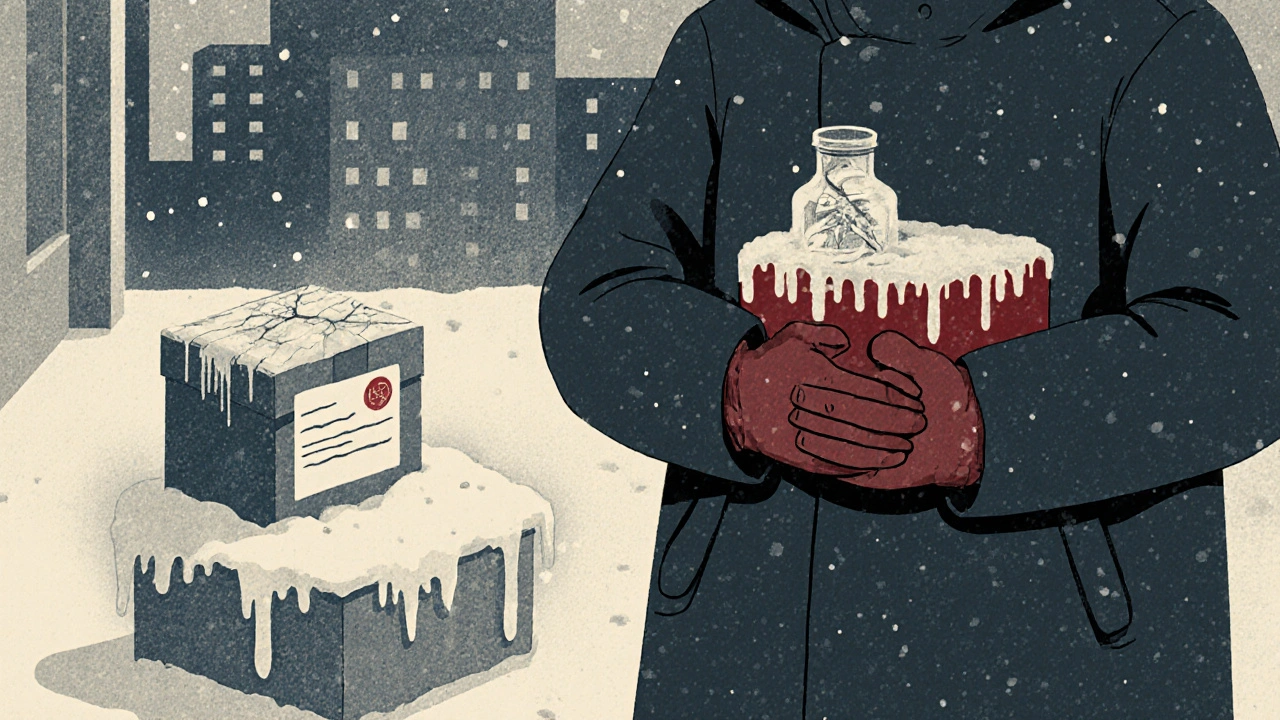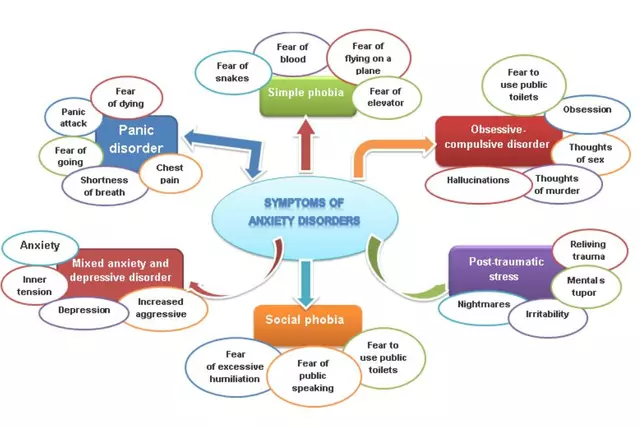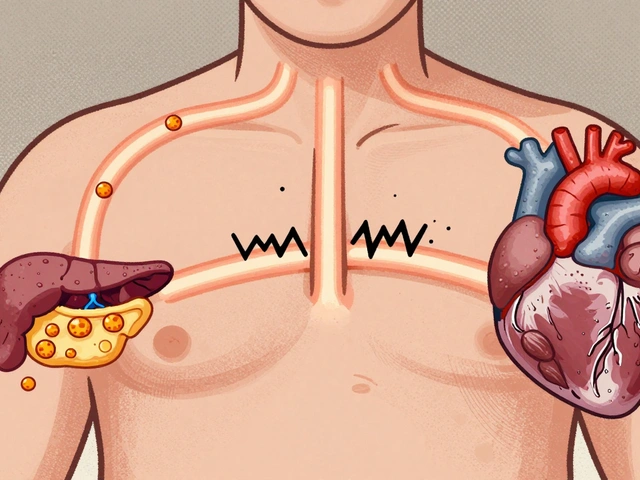When you’re traveling with medications like insulin, vaccines, or biologics, the weather outside your car or suitcase can make all the difference between a life-saving dose and a useless one. It’s not just about keeping pills dry-it’s about keeping them at the right temperature. Too hot, and they break down. Too cold, and they freeze. Either way, you risk losing effectiveness-or worse, causing harm.
Know Your Medication’s Temperature Needs
Not all medications handle heat and cold the same way. The three main categories are:- Ambient (15°C-25°C): Most tablets and capsules fall here. They’re stable in normal room conditions but can degrade if left in a hot car or sunny windowsill.
- Refrigerated (2°C-8°C): Insulin, some antibiotics, biologics, and vaccines need this range. If they freeze or get too warm, they lose potency fast.
- Cryogenic (below -150°C): Only a few specialized treatments like certain mRNA vaccines or tissue samples need this. Most people won’t encounter this unless they’re receiving advanced medical care.
Check the label or ask your pharmacist. If it says “store in refrigerator,” treat it like perishable food. Don’t assume it’s fine just because it’s in a pill bottle.
Hot Weather: Avoid the Oven
In summer, temperatures inside a parked car can hit 60°C-even if it’s only 30°C outside. That’s deadly for insulin. One user on Reddit shared how their insulin turned cloudy after being left in a 95°F (35°C) car for 45 minutes. The pharmacist confirmed it was ruined.Here’s how to protect your meds in heat:
- Never leave medications in a car, even for 10 minutes.
- Use an insulated cooler bag with frozen gel packs. A standard lunch bag with two ice packs can keep insulin cool for up to 8 hours in 90°F weather.
- Carry medications with you, not in the trunk. The cabin is cooler than the trunk in most vehicles.
- Avoid direct sunlight. Wrap the bag in a towel or keep it in a shaded spot.
- If you’re flying, keep meds in your carry-on. Checked baggage can sit in hot cargo holds for hours.
Insulin degrades at 1.2% per hour above 25°C. Antibiotics can become completely ineffective after just 30 minutes above 40°C. There’s no comeback from that kind of damage.
Cold Weather: Don’t Let Them Freeze
Winter brings its own risks. If your medication freezes-especially insulin or liquid vaccines-it can form crystals or separate, making it unsafe to use. One logistics manager at Pfizer reported 17% more temperature excursions below range during the 2022-2023 winter season due to unexpected cold snaps.How to keep meds safe in freezing temps:
- Keep medications close to your body. A coat pocket or inner bag works better than an outer suitcase.
- Use insulated packaging with thermal blankets, not just foam boxes. IATA recommends insulated blankets during transfers in extreme cold.
- Avoid leaving meds in unheated garages, porches, or delivery boxes overnight.
- If you’re traveling by car, store meds inside the cabin-not the trunk.
- For air travel, never check refrigerated meds. Cargo holds can drop below -20°C.
Even if the outside temperature is below freezing, the inside of a plane or car can stay above 0°C. But if your meds are exposed during loading, unloading, or delays, they’re at risk.

Traveling? Use the Right Gear
There are three types of transport solutions:- Passive: Insulated boxes with gel packs. Affordable, no power needed. Good for 24-72 hours. Best for short trips or flights.
- Active: Battery-powered coolers or refrigerated containers. Maintain exact temps for days. Used by hospitals and pharmacies. Expensive-3 to 5 times the cost of passive.
- Hybrid: Insulated with small active elements. A good middle ground. Costs about 1.5-2x a standard cooler.
For most travelers, a passive solution like the TempAid 2.0 works well. It maintains 2°C-8°C for 48 hours, weighs 3.2 lbs, and has a 4.7/5 rating on Amazon. But it holds only a few vials. If you need more space, get a larger insulated bag and double up on ice packs.
Pro tip: Freeze your gel packs the night before. Use two-one on each side of the medication-for even cooling. Don’t let the packs touch the vials directly-wrap them in a thin cloth to prevent freezing damage.
The Last Mile Is the Most Dangerous
You might think the hardest part is getting the meds on the plane or into the car. But 43% of temperature excursions happen during the final delivery-when a package sits on a porch, in a mailbox, or outside a pharmacy door.A 2023 survey found 68% of pharmacists had at least one incident during summer months because deliveries were left unattended. The same goes for you. If you’re expecting a shipment:
- Arrange for someone to be home to receive it.
- Ask the courier to leave it in a cool, shaded spot-not direct sun or freezing wind.
- Call ahead if you’re not sure when it will arrive.
Never assume a delivery is safe just because it arrived. Check the packaging for signs of melting, condensation, or frost. If it looks off, call your pharmacy before using the medication.
Monitoring Matters More Than You Think
A simple temperature logger can save your meds-and your health. Passive devices like maximum-minimum thermometers only tell you the highest and lowest temps reached. They don’t show you how long the meds were exposed.Real-time GPS-enabled loggers record every 15 minutes and send alerts if the temp goes out of range. Studies show these reduce temperature excursions by 92% compared to basic thermometers. The FDA says pharmaceutical quality depends on maximum exposure, not average. One hour at 40°C can ruin a batch-even if the rest of the trip was fine.
You don’t need a hospital-grade system. Affordable options like the TempTale or Monnit loggers cost under $50 and connect to your phone. Use one on long trips or if you’re shipping meds across borders.

Documentation Is Non-Negotiable
The International Air Transport Association (IATA) says: A properly transported shipment without documentation is considered out of specification.That means if you’re flying with insulin and get questioned at security, you need proof it was kept cold. Keep:
- A copy of the prescription or doctor’s note.
- The original packaging with storage instructions.
- Temperature log data (if you used a logger).
- Receipts for any cooling gear you bought.
Some airlines require this. Others won’t ask-but if your meds are rejected at the destination, you’ll wish you had it.
What to Do If Something Goes Wrong
If you suspect your medication was exposed to bad temperatures:- Don’t use it.
- Call your pharmacist or doctor immediately.
- Take a photo of the packaging and any visible damage.
- Ask if a replacement is covered under warranty or insurance.
Some manufacturers offer free replacements if you can prove a temperature excursion occurred. Others don’t. But no one will refill a bottle you used after it was damaged.
For insulin: If it looks cloudy, clumpy, or has particles, throw it out-even if it’s still within the expiration date.
For vaccines: If the vial has frozen or been above 8°C for more than an hour, it’s no longer effective. Don’t risk it.
Plan Ahead for Extreme Weather
Climate change is making extreme heat and cold more common. The CDC warns that unprecedented weather events are creating new challenges for pharmaceutical transport. Don’t wait for a crisis to act.- Always have a backup supply of critical meds (like insulin) stored at home in the fridge.
- Keep a spare cooler and ice packs in your car for emergencies.
- Know where pharmacies are along your route in case you need an emergency refill.
- When traveling internationally, research local temperature regulations-some countries have stricter rules than others.
There’s no such thing as being too careful. A single hour of improper storage can cost you more than money-it can cost you your health.
Can I leave my insulin in the car for a few minutes while I run into the store?
No. Even in mild weather, a car can heat up to dangerous levels in under 10 minutes. Insulin can degrade in as little as 45 minutes at 35°C. Always take it with you.
Is it safe to put medications in the freezer to keep them cold?
Only if the label says so. Most medications, including insulin and vaccines, can be ruined by freezing. The ideal range is 2°C-8°C. Freezers are typically -18°C or colder. Use a fridge or insulated cooler with ice packs instead.
Do I need to declare my medications at airport security?
You’re not required to declare them, but it’s smart to have your prescription or a doctor’s note ready. TSA allows medications in carry-ons without restriction, but they may inspect them. Keep them in their original packaging and avoid putting them in checked bags.
How long can I keep my meds in a cooler with ice packs?
With proper insulation and two frozen gel packs, most refrigerated medications stay within 2°C-8°C for 8-48 hours, depending on the outside temperature and quality of the cooler. For longer trips, use a hybrid or active cooler. Always monitor the temperature if possible.
What if I’m traveling to a place with no refrigeration?
For short trips (under 28 days), some insulin brands are approved for room temperature storage. Check your product’s label. For longer stays, bring a portable cooler with a power adapter or look for a hotel with a mini-fridge. Always have a backup plan and extra supply.








14 comments
Bill Camp
This is why America needs to stop outsourcing pharma to China and India. You think some guy in Bangalore is keeping your insulin cold? Nah. They ship it in unregulated containers and call it a day. I’ve seen the videos-boxes sitting in 110°F warehouses while some bureaucrat sips iced tea and says ‘it’s fine.’ We’re not just losing meds-we’re losing lives because of global supply chain incompetence.
Lemmy Coco
just wanted to say i used the tempsail 2.0 on my trip to florida last month and it worked great. kept my insulin cool for like 3 days even in 95 degree heat. only thing is i forgot to wrap the ice packs in a towel and one vial got a little frosty. dont do that. also the bag is kinda bulky but worth it.
rob lafata
Oh wow, another feel-good guide from the pharmaceutical-industrial complex. Let me guess-you’re also going to tell us to buy $200 ‘FDA-approved’ coolers so we don’t die from a 45-minute car ride? Wake up. The real issue is that insulin costs $300 a vial because Big Pharma is a cartel. If your meds freeze? Good. Maybe then you’ll realize how broken this system is. They don’t care if you live or die-they care if you keep buying their overpriced plastic vials with a 12-month shelf life that expires in 28 days once opened. Pathetic.
Matthew McCraney
They’re lying about the temperature logs. I work in a lab and I’ve seen the paperwork-those ‘real-time GPS loggers’? They’re just glorified thermometers that auto-reset if the temp goes out of range. The FDA doesn’t even require them for most meds. And why do you think they push this? So you’ll keep buying new coolers every year. The real danger? The government’s using these ‘temperature excursions’ to justify mandatory RFID chips in your meds so they can track you. You think that’s paranoia? Ask yourself why the TSA asks for receipts. They’re building the database.
serge jane
It’s interesting how we treat medication like it’s a fragile artifact when in reality the human body has evolved to survive extreme conditions for millennia. We’ve created this illusion of precision-2°C to 8°C-as if biology is a lab experiment and not a dynamic system. Yes, insulin degrades faster in heat, but so do enzymes in our own bodies. The real question isn’t whether the vial is cold enough-it’s whether the person holding it is informed enough. We’ve outsourced responsibility to packaging and gadgets while forgetting that the most important temperature regulator is the caregiver’s awareness. A mother who checks her child’s insulin every morning knows more than any sensor ever could.
Nick Naylor
IATA, FDA, CDC, WHO-ALL OF THEM AGREE: TEMPERATURE CONTROL IS NON-NEGOTIABLE. NO EXCEPTIONS. NO ‘BUT I WAS IN A HURRY.’ NO ‘IT WAS JUST A FEW MINUTES.’ YOU DON’T GET A PASS BECAUSE YOU’RE TIRED. YOU DON’T GET A PASS BECAUSE YOU’RE ‘JUST A PATIENT.’ YOU HAVE A RESPONSIBILITY. IF YOU CAN’T HANDLE THE LOGISTICS, DON’T TRAVEL. PERIOD. THE SYSTEM ISN’T BROKEN-YOU ARE. AND IF YOU’RE USING A ‘LUNCH BAG WITH ICE PACKS,’ YOU’RE NOT A CAREGIVER-YOU’RE A LIABILITY.
Pawan Jamwal
In India we just keep insulin in a cool water bucket near the window. Works fine. Why do you need fancy gadgets? We’ve been managing for decades. Your obsession with tech is just another form of Western overcomplication. Also, why is everyone so scared of freezing? Our grandma used to store everything in the freezer. Nothing happened. Maybe your meds are weak because you don’t live in real weather?
Brianna Groleau
I’m a caregiver for my mom with type 1, and honestly? This guide saved us. Last summer, I thought I was being smart by leaving her insulin in the glovebox while I ran into the pharmacy. I came out 12 minutes later and the bottle looked weird-cloudy, like milk left out too long. I called the pharmacy and they said ‘don’t use it.’ I cried. Then I bought the TempAid 2.0. It’s not glamorous, but it’s peace of mind. I don’t care if it’s ‘overkill.’ If it keeps her alive, it’s worth every penny. And yes, I now carry a backup vial in my bra. No shame. I’d rather be weird than bury my mother.
Rusty Thomas
Okay but what if you’re homeless? Or you live in a car? Or your apartment has no fridge? This guide is written like everyone has a $50 cooler and a smartphone and a doctor who texts back. Meanwhile, I’m in Detroit, my insulin expired 3 months ago, and I’m using the last vial from last year because I can’t afford a new one. You talk about ‘temperature excursions’ like it’s a luxury problem. It’s not. It’s a death sentence for people who can’t afford to care. Who wrote this? A pharmaceutical rep? Because this isn’t a guide-it’s a guilt trip for the poor.
Sarah Swiatek
Let’s be real-this whole thing is a performance of control. We’re so afraid of uncertainty that we’ve turned medication into a ritual. We wrap it in ice packs, log every minute, carry receipts like holy texts, and still-half the time, we’re wrong. I’ve had insulin that looked cloudy but worked fine. I’ve had perfectly clear vials that didn’t work at all. The science is fuzzy. The regulations are bureaucratic theater. But here’s what’s real: the fear. The fear of losing control. The fear of being powerless. So we buy coolers. We buy loggers. We buy reassurance. But the truth? No amount of insulation will save you if you’re alone, scared, and out of options. Maybe the real ‘temperature’ we need to regulate is our anxiety.
Dave Wooldridge
They’re using the ‘temperature excursion’ story to cover up the fact that insulin is being tampered with. I know a guy who works at a distribution center-he says they’re adding preservatives to extend shelf life. That’s why some vials go bad even when kept cold. The FDA knows. The manufacturers know. But they don’t tell you because if you knew, you’d stop buying. That’s why they push all this gear-so you think you’re safe while they poison you slowly. Don’t trust the labels. Don’t trust the loggers. Don’t trust anyone who says ‘it’s fine.’
Rebecca Cosenza
I left mine in the car once. It was 78°F. I used it anyway. No problems. Don’t overthink it. Your body knows what it needs.
swatantra kumar
Bro, in India we just put insulin in a bottle of cold water and tie it to a tree during summer. Works better than your fancy box. Also, why are you so scared of nature? The sun doesn’t kill medicine-it kills laziness. And yes, I’ve used expired insulin. Twice. Both times I lived. Maybe your problem isn’t the temperature-it’s your fear. Chill. 🌞❄️🫶
rob lafata
Oh, so now we’re supposed to trust the same companies that priced insulin at $300 and then sold us $80 coolers to ‘solve’ the problem they created? Classic. You’re not protecting your meds-you’re funding the machine. The real solution? Universal healthcare. Free insulin. No more ‘temperature logs.’ Just access. But no, let’s keep buying plastic boxes and pretending this is a logistics issue instead of a moral one.